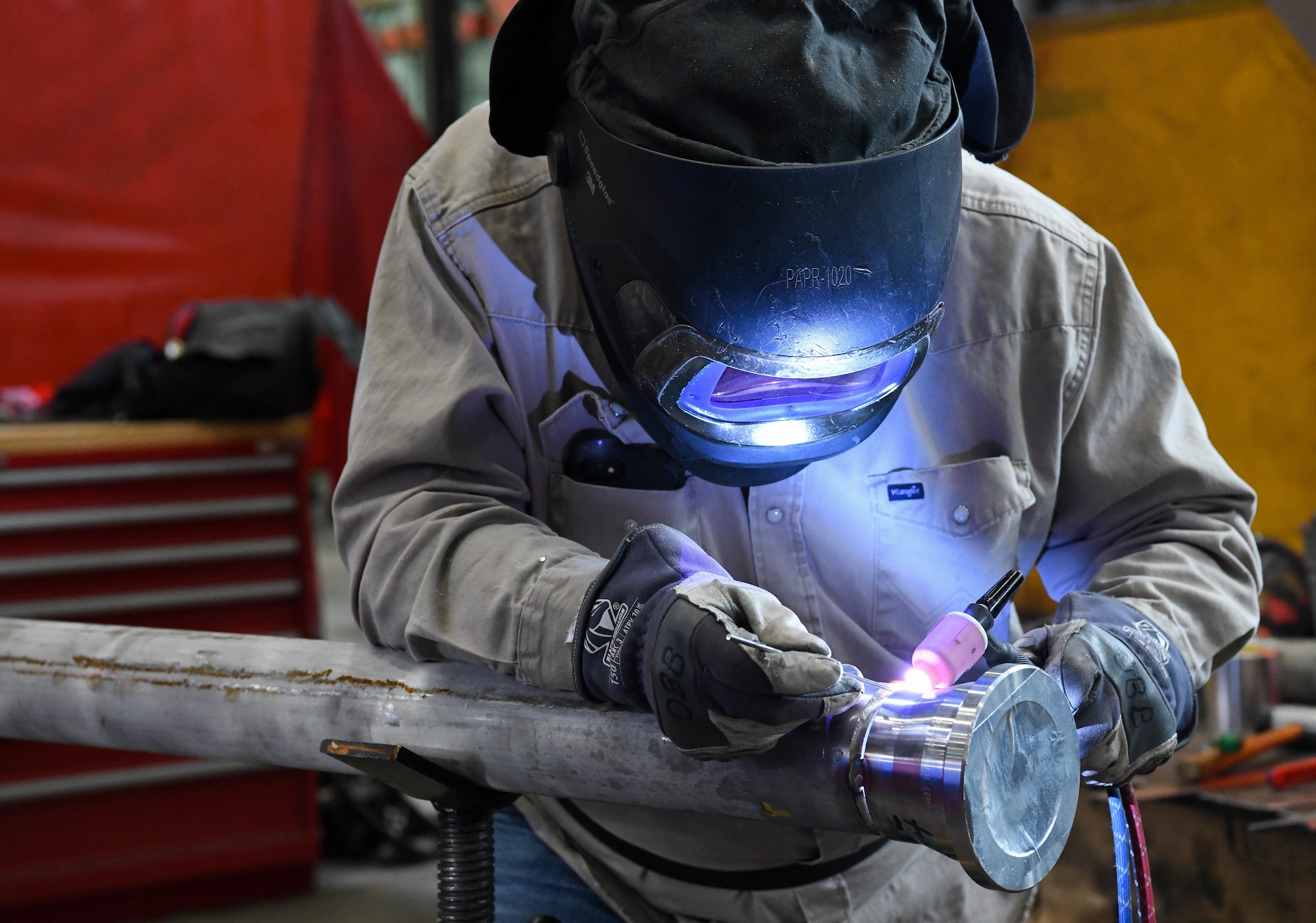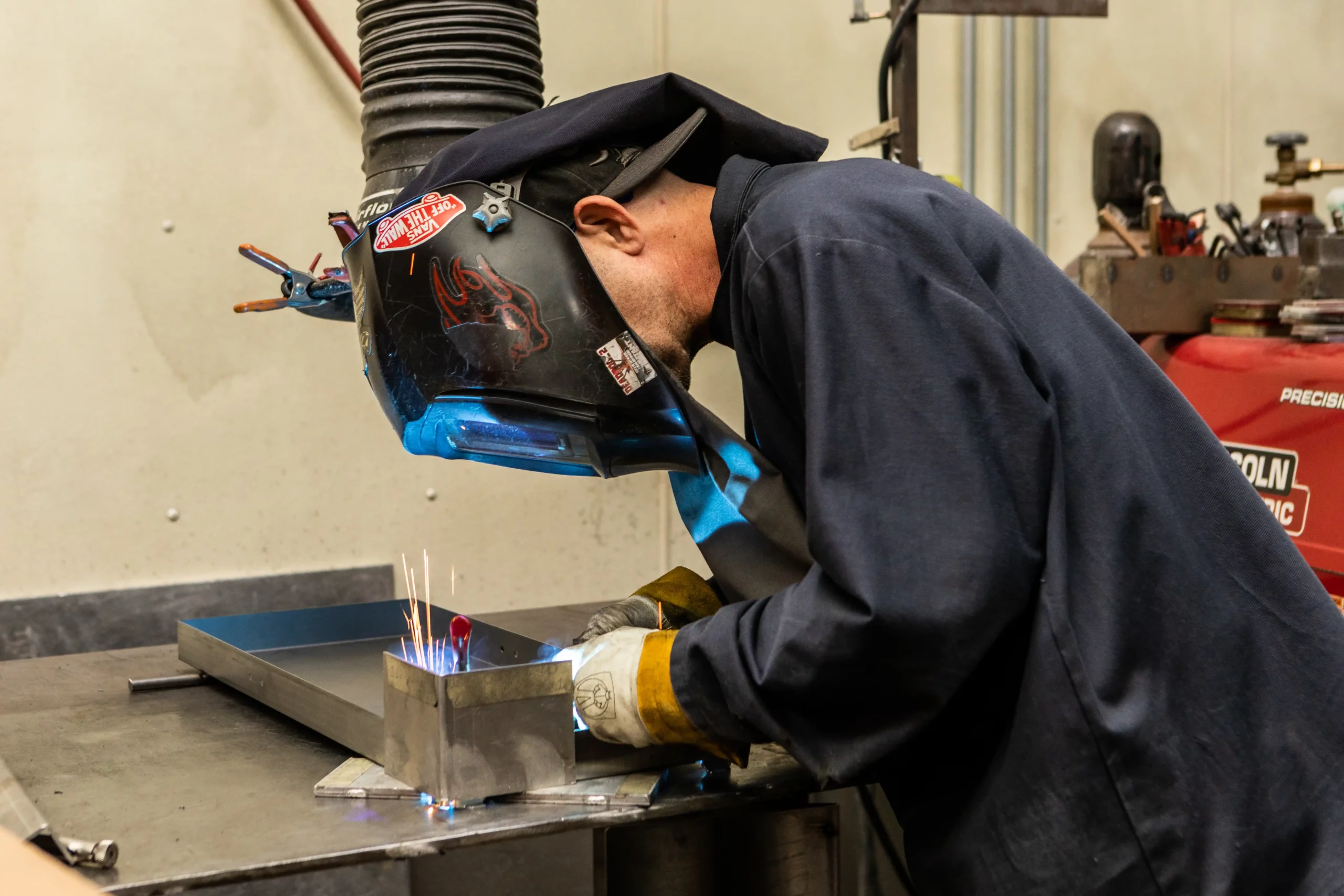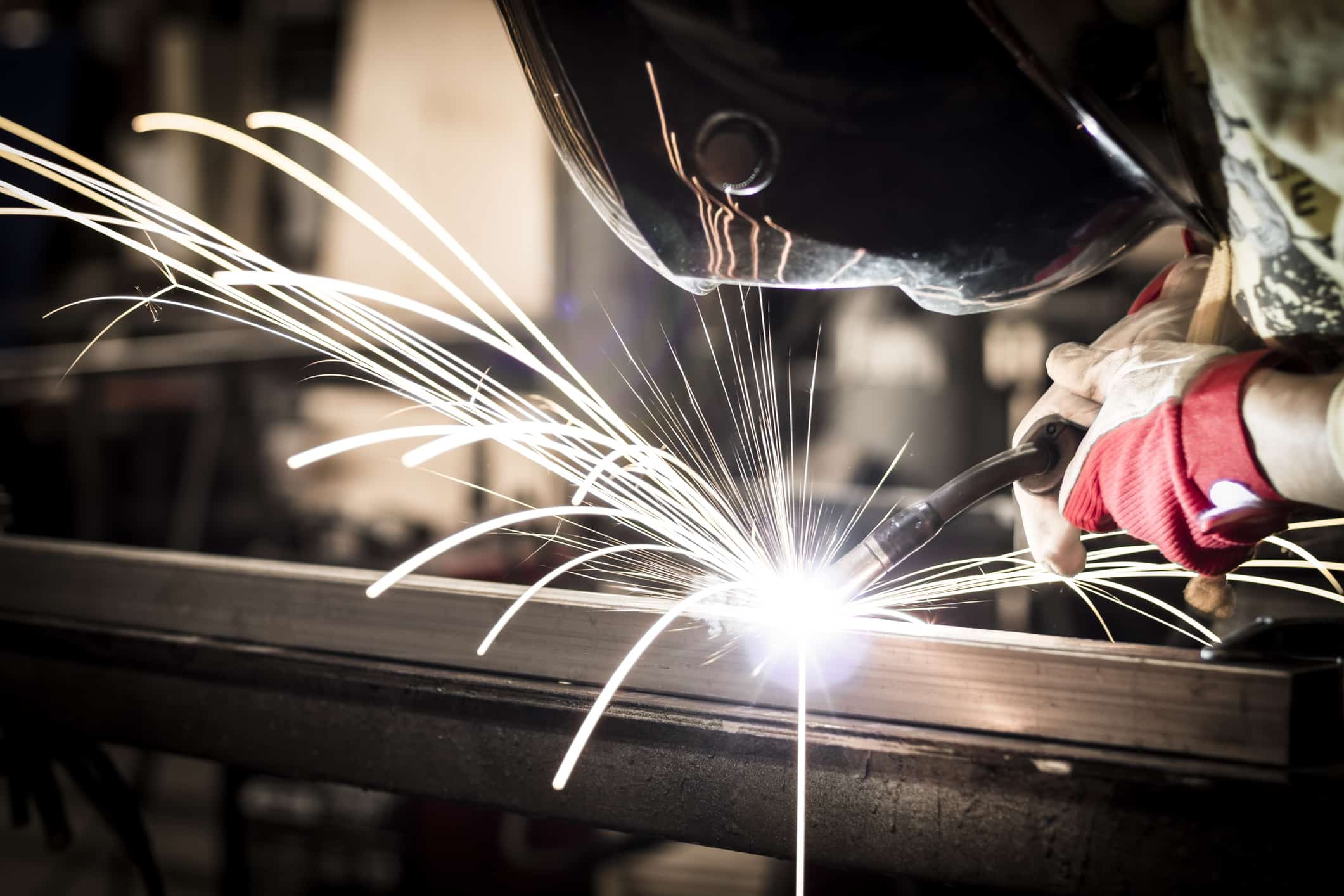Usual Welding Repair Work Issues and Just How to Address Them Properly
Welding repair services frequently come across an array of issues that can threaten the honesty of the end product. Common problems consist of inadequate infiltration, porosity, and imbalance, to name a few. Each problem presents distinct challenges that require specific strategies for resolution. Comprehending these concerns is essential for welders intending to boost their end results and skills. This discussion will certainly explore these typical welding repair service concerns and reliable methods to address them.
Inadequate Infiltration
Poor penetration occurs when the weld steel falls short to totally fuse with the base product, causing weak joints and prospective architectural failings. This issue typically comes from not enough warm input, incorrect electrode angle, or incorrect welding rate. Welders might come across insufficient penetration as a result of a mistake of the essential criteria for a certain product thickness or type. Furthermore, contamination on the base material's surface area can prevent efficient bonding, exacerbating the issue. To attend to inadequate penetration, welders need to guarantee suitable setups on their devices and keep a tidy job surface. Routine examination of welds is recommended to determine any shortages early, enabling timely modifications and the prevention of jeopardized structural honesty in bonded assemblies.
Porosity
Porosity is an usual defect in bonded joints that manifests as tiny gas bubbles entraped within the weld steel. This defect can compromise the honesty of the weld, leading to decreased stamina and prospective failure under anxiety. Montana Mobile Welding and Repair Belgrade. Porosity normally emerges from contamination, dampness, or inappropriate welding methods, which allow gases to escape into the molten weld pool. To attend to porosity, welders need to guarantee proper surface prep work, maintain a clean workplace, and make use of ideal welding parameters. Additionally, picking the appropriate filler material and protecting gas can mitigate gas entrapment. Normal evaluation and testing of welds can aid recognize porosity early, guaranteeing prompt restorative activities are taken, consequently protecting the high quality and dependability of the welded framework
Imbalance
Misalignment in welding can occur from different variables, consisting of inappropriate configuration and thermal expansion. Comprehending the source is crucial for efficient resolution. A number of correction strategies are readily available to straighten parts and ensure architectural integrity.
Reasons for Misalignment
Welding imbalance commonly stems from a selection of underlying concerns that can endanger structural stability. One main cause is improper fit-up of elements before welding, which can cause gaps and unequal surface areas. Variants in thermal development during the welding process can additionally result in distortion, particularly if the products being joined have different coefficients of development. Furthermore, poor fixturing and clamping might fall short to hold elements firmly in area, causing motion throughout welding. Badly kept devices, consisting of welding machines and tools, might introduce incongruities in the weld bead, further adding to misalignment. Driver mistake, stemming from not enough training or experience, can also play a substantial role in creating misaligned welds.

Adjustment Strategies Readily Available
Attending to misalignment efficiently requires a mix of corrective techniques customized to the details issues available. One usual method is using jigs or components to hold components in the appropriate setting throughout welding, making sure regular placement. Furthermore, pre-heating the materials can help in reducing distortion and boost fit-up. For substantial misalignment, mechanical realignment strategies, such as utilizing hydraulic jacks or clamps, can be used to remedy the setting prior to welding. Post-weld heat therapy may likewise be necessary to alleviate tensions created by imbalance. Mindful examination and change during the setup phase can avoid misalignment problems from becoming substantial issues, promoting a smoother welding procedure and enhancing total architectural stability.
Distortion
Distortion is an usual challenge in welding that can develop from various elements, consisting of uneven cooling and heating. Understanding the sources of distortion is essential for implementing reliable avoidance strategies. Addressing this concern not just boosts architectural stability however also boosts the overall quality of the weld.
Root causes of Distortion
When subjected to the intense warm of welding, products usually undertake changes that can cause distortion. This sensation largely develops from thermal expansion and tightening during the welding process. As the weld location warms up, the product broadens; upon cooling, it gets, which can develop interior stresses. In addition, unequal heating throughout a work surface can worsen these tensions, leading to warping or flexing. The type of material additionally plays a significant role; metals with varying thermal conductivity and coefficients of expansion might respond differently, resulting in unpredictable distortions. Additionally, poor joint layout and poor fixturing can add to imbalance during welding, increasing the possibility of distortion. Understanding these causes is necessary for reliable welding repair work and avoidance approaches.
Avoidance Techniques
Efficient avoidance techniques for distortion during welding emphasis on controlling warm input and making sure proper joint design. Keeping a regular warm input helps to reduce thermal growth and contraction, which can cause distortion. Using strategies such as preheating the work surface can likewise reduce the temperature slope, advertising uniform home heating. Additionally, choosing ideal joint styles, such as T-joints or lap joints, can enhance stability and minimize anxiety concentrations. Implementing appropriate fixturing to secure the work surfaces in place even more aids in maintaining alignment during the welding procedure. Ultimately, staggered welding sequences can disperse heat a lot more evenly, preventing localized distortion. By applying these techniques, welders can substantially lower the possibility of distortion and enhance the total top quality of their welds.
Splitting
Splitting is a typical concern come across in welding fixings, commonly resulting from different factors such as improper cooling prices, product choice, or inadequate joint prep work. The event of cracks can substantially endanger the stability of the weld, leading to possible failings during procedure. To address this problem, welders should initially evaluate the origin, making certain that materials work and properly picked for the particular application. Additionally, regulating the air conditioning price throughout the welding procedure is necessary; quick cooling can induce stress and anxiety and bring about fracturing. Appropriate joint layout and prep work likewise add to reducing the risk. Implementing these techniques can improve weld high quality and longevity, eventually minimizing the probability of breaking in completed weldments.

Incomplete Fusion
A significant problem in welding reference repair services is incomplete fusion, which takes place when the weld steel does not appropriately bond with the base material or previous weld passes - Fabrication. This flaw can lead to weak points in the joint, potentially compromising the honesty of the bonded framework. Aspects contributing to insufficient fusion include not enough warmth input, incorrect welding strategy, and contamination of the surface areas being joined. To address this issue efficiently, welders should assure correct pre-weld cleaning and surface prep work, in addition to readjust their welding specifications to accomplish appropriate infiltration and combination. Routine inspection throughout the welding process can additionally assist determine insufficient fusion early, enabling for prompt corrective actions to boost the total top quality of the weld
Overheating
While welding fixings can improve architectural honesty, overheating provides a considerable difficulty that can result in material degradation. Extreme warmth throughout welding can alter the mechanical buildings of steels, causing minimized strength, increased brittleness, and warping. This phenomenon is particularly important in high-stress applications where structural integrity is critical. Recognizing getting too hot can entail visual inspections for discoloration or distortion, as well as keeping an eye on temperature level during the welding procedure. To minimize the threats related to getting too hot, welders must check these guys out use ideal methods, such as managing warm input, readjusting traveling speed, and using appropriate filler products. Additionally, carrying out pre- and post-weld warmth treatments can assist recover material residential properties and improve the total quality of the fixing, making certain long-term efficiency and safety.
Often Asked Questions
What Are the Common Indicators of a Welding Defect?

Exactly How Can I Check My Welds for Quality?
To evaluate welds for high quality, one can use aesthetic examinations, ultrasonic screening, and radiographic techniques. Each strategy guarantees structural honesty, determines defects, and verifies adherence to defined criteria, eventually improving the dependability of the welded joints.
What Safety Safety Measures Should I Take While Welding?
When welding, one should prioritize safety by wearing proper personal protective equipment, guaranteeing appropriate ventilation, protecting flammable materials away, maintaining a clean work area, and understanding environments to avoid crashes and injuries.
Can I Repair a Weld Without Redesigning the Entire Joint?
Repairing a weld without renovating the entire joint is feasible, depending upon the damages (Welding). Techniques such as grinding, including filler material, or Clicking Here utilizing a welding process can successfully address details defects while preserving the bordering framework
What Tools Are Vital for Reliable Welding Services?
Crucial devices for reliable welding repair work include a welding equipment, wire brush, grinder, protective gear, clamps, and filler materials. Each device plays a crucial role in making certain top quality and security during the repair service process. Porosity typically arises from contamination, dampness, or inappropriate welding methods, which enable gases to run away into the molten weld swimming pool. Poorly kept devices, consisting of welding makers and tools, may present incongruities in the weld grain, more contributing to imbalance. When subjected to the extreme heat of welding, products usually go through changes that can lead to distortion. Fracturing is an usual problem experienced in welding repair services, commonly resulting from numerous factors such as inappropriate air conditioning prices, product option, or insufficient joint preparation. A significant problem in welding repair services is insufficient blend, which happens when the weld metal does not appropriately bond with the base material or previous weld passes.